|
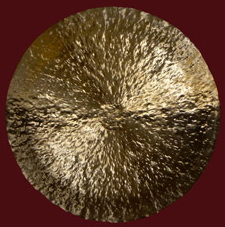
|
| Digital Image by Edan Michener |
Gongs are percussion instruments of either definite
or indefinite pitch, in the form of a metal plate usually made of brass or bronze, and are of two types; hanging (vertical),
or resting (horizontal). They are either flat with a clear sound, convex with a supple wall, or convex with a nipple or knob
with a strong wall and definite pitch. They may be described as being a wind, chau, tam-tam, nipple, cup, bowl, plate, rin,
orchestral, symphonic, whirling, ascending, or descending type of gong. The major gong centers of the world are China,
Burma, Java, Indonesia, and Turkey. Communities of gongmakers exist in Sumatra, Thailand, Korea, Japan, Vietnam, Tibet, and
India. Gongmaking was known to the ancient Egyptians, Greeks, Romans, Persians, Mongols, and Uighers. The gong is mentioned
in writings during the 6th century in the time of the Emperor Hsuan Wu, originating in the country of His Yu in the western
area in what was the Jang Kingdom between Tibet and Burma. In 496AD there is a mention in Chinese writings that a Gong came
to the Imperial Palace from East Turkmenistan via the Silk Road. Evidence suggests that gongmaking was known as early as
3000BC and ancient alchemy sources put the gong as far out as 16000BC.
Today the alloy formula of a gong is called
B-20 which means 80% copper and 20% tin. Gongmakers can use an alloy recipe, which may contain 70-80% copper and 20-30% tin,
with the addition of silver, lead, nickel, iron, zinc, or meteorite depending upon the tradition of the gongmaking. Chinese
gongs generally are made of a 75.52% copper, 22.43% tin, .26% lead, and .23% zinc, .81% iron alloy. The Zildjian Company of
Turkey uses a Bronze Age formula that Avedis the alchemist from Constantinople brought to Istanbul in 1623. Gongs were introduced
to the European orchestra in 1791. Piaste the cymbal maker from Zurich, Switzerland keeps a Bronze Age formula for gongs,
which they still use today. Over the past decade, gong making in Turkey has been revitalized by numerous small gong making
businesses offering handcrafted gongs.
Gongs are considered to be a good luck charm, and touching a gong is believed
to bring a person happiness, good health, and strength. In India it is believed that the sound of a gong created the worlds,
and was the primal sound of OM. The gong is a powerful and transformational instrument of sound, which has been used for ritual,
ceremony, prayer, and meditation since the Bronze Age. Its sound is relaxing and calming, centering and energizing, transforming
and healing. The gong resonates all the cells of the body simultaneously and is useful in resolving emotional and physical
dissonance.

|
| Floor Gong from Japan |
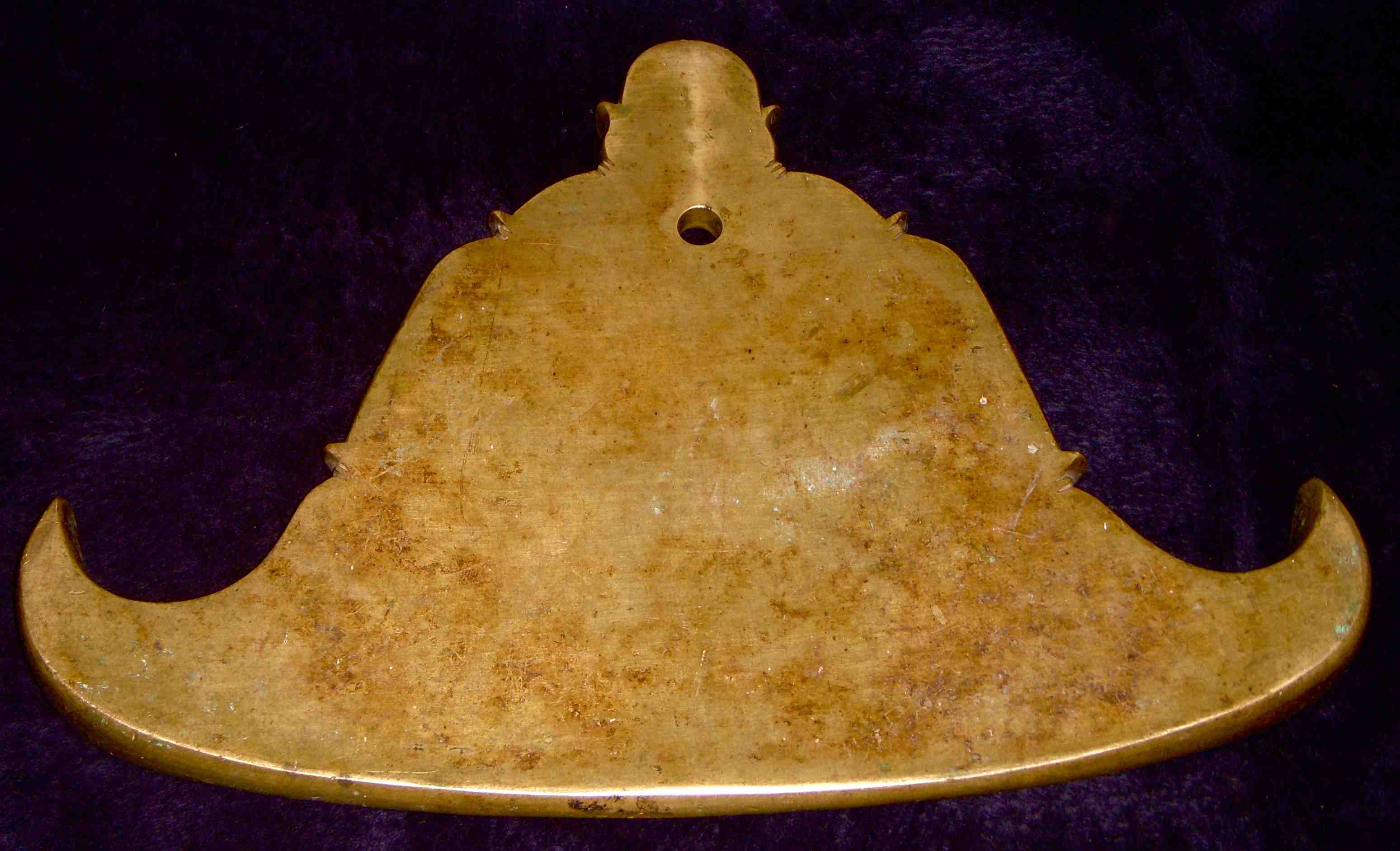
|
| Gansadahn or KeeZee from Burma |
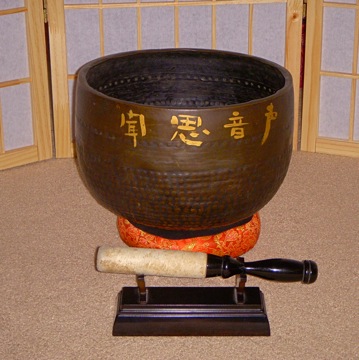
|
| Rin Gong from Japan |

|
| Chinese Moon Gong |

|
| Bao Gong: China |
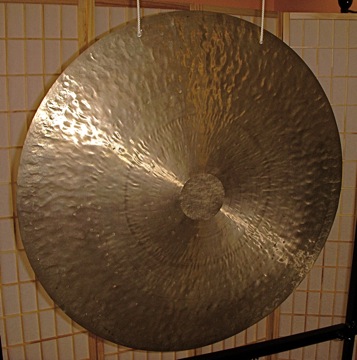
|
| Wind Gong: China |
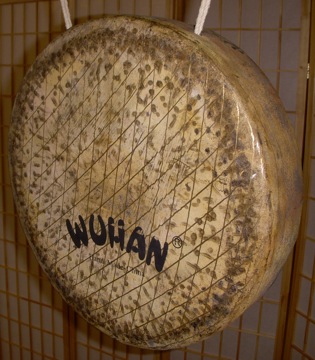
|
| Xiang Jia Gong: China |
Gongs from Steve Weiss Music
Gongs made in Turkey by Bosphorus
Gongs made in Italy by UFIP
Gongs made in China by Hubei
Gongs made in Germany by Paiste of Switzerland
Gongs made in Germany by Meinl
Gongs from Sabian
Gongs from Zildjian
Handcrafted Turkish Gongs by Agean
Handmade Gongs from Istanbul
Canadian/Chinese partnership made Gongs by Dream Cymbals
Custom Gongs from Steve Hubback
Custom Gongs from Matt Nolan
Custom Gongs from Michael Paiste
Gongs from Gongs Unlimited
Gongs from Andy's Music in Chicago
Gongs from the Memphis Drum Shop
Gongs made in Wuhan China by Golden Bird
Glass Gongs by Elemental Design
Gong Training with Mitch Nur, PhD
copyright 2012 by 9ways
|